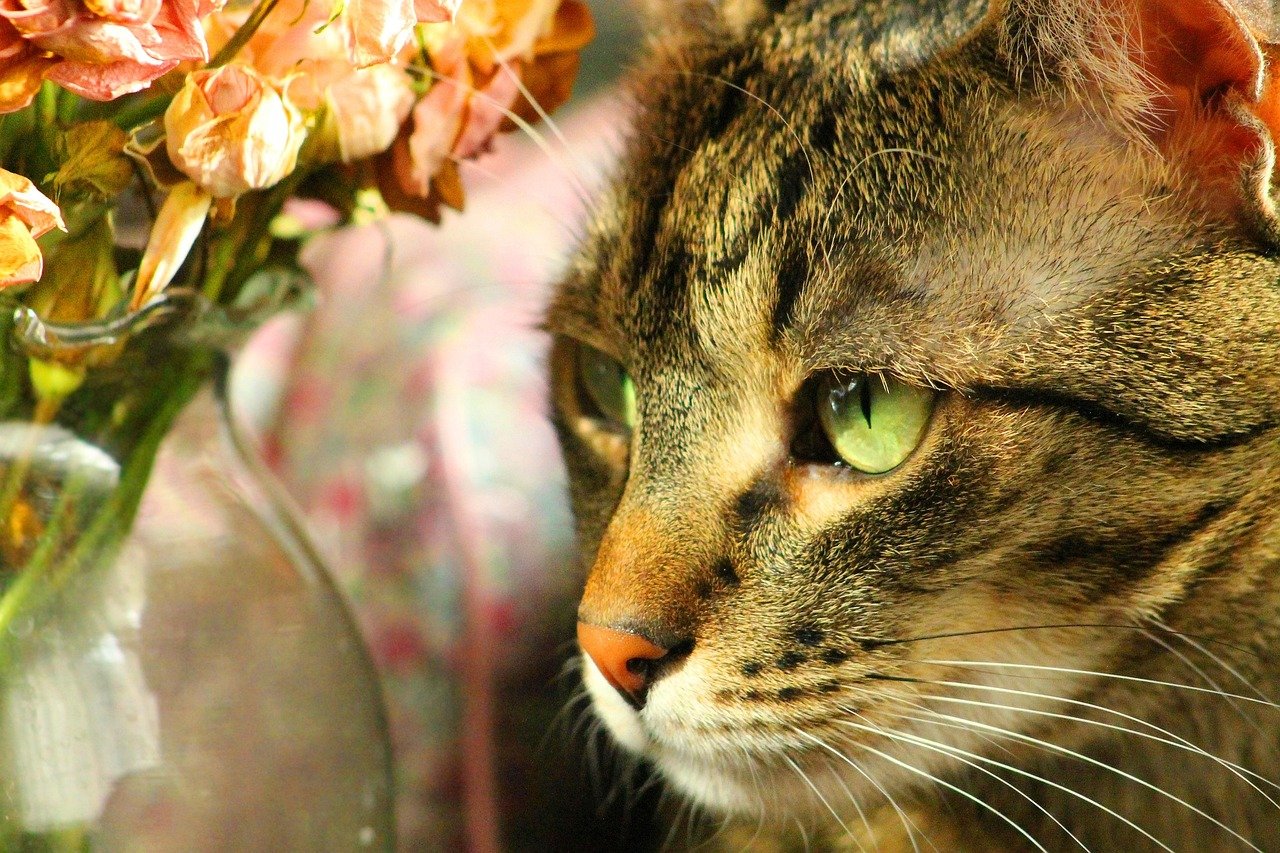Cats are fascinating creatures, with their enigmatic behaviors and unique ways of interacting with the world around them. One of the most intriguing aspects of feline behavior is how they perceive space. For cat enthusiasts, understanding this can help in creating a more harmonious environment for their furry friends. Let’s delve into the fascinating world of feline spatial perception and uncover the secrets behind their mysterious movements.
The Cat’s World: An Overview
Cats navigate their world with a combination of instinct and learned behavior. Unlike humans, who rely heavily on sight, cats use a blend of senses to perceive their environment. Their world is a tapestry woven from smell, sound, sight, and touch. This multi-sensory approach allows them to be agile hunters and efficient explorers. Their whiskers, for instance, play a crucial role in spatial awareness, giving them information about nearby objects without needing direct contact. This reliance on multiple senses rather than just vision provides cats with a unique perspective of space.
The Role of Whiskers in Spatial Perception
A cat’s whiskers are not just for show; they are essential tools for spatial navigation. Each whisker is embedded deep into the cat’s skin, connected to a rich network of nerve endings. This design allows them to detect even the slightest changes in their surroundings. When a cat approaches a narrow passage, its whiskers gauge the width to decide if it’s possible to squeeze through. Think of whiskers as a natural measuring tape that helps cats maneuver around obstacles efficiently. They can even detect changes in air currents, aiding in the detection of nearby movement or potential prey.
Visual Perception: Seeing in the Dark

Cats are renowned for their ability to see in low-light conditions. This night vision is due to a layer of cells called the tapetum lucidum, which reflects light that passes through the retina, giving it a second chance to be absorbed. This adaptation is perfect for nocturnal hunting as it enhances their ability to detect movement. However, this comes with a trade-off. Cats have a reduced ability to distinguish colors compared to humans. Their vision is more suited to detecting movement, which is why a dangling string or a fluttering leaf can catch a cat’s attention so easily.
Hearing: An Essential Sense
Cats boast an impressive range of hearing, far superior to that of humans. They can detect higher frequencies, which is vital for hunting small prey that often communicate in ultrasonic ranges. This acute hearing allows cats to map their environment through sound. They can pinpoint the location of a rustling mouse or the direction of a calling bird with remarkable precision. This auditory map of their surroundings aids in decision-making, especially when it comes to navigating spaces they cannot see or touch.
The Influence of Scent

For cats, scent is a primary method of understanding their environment. They rely on their keen sense of smell to identify territories, detect prey, and even locate their food. Cats possess a specialized organ called the Jacobson’s organ, located on the roof of their mouth, which helps them analyze scents more deeply. By sniffing and then curling their lips in a behavior known as the Flehmen response, cats can gather extensive information about their surroundings. This olfactory map helps them navigate through familiar territories and recognize intruders or changes in their environment.
Memory and Learning in Spatial Navigation
Cats are quick learners and have an impressive memory when it comes to spatial navigation. Once a cat has explored an area, it can remember the layout of that space for a considerable period. This ability allows them to return to a favorite hiding spot or find their way back home if they stray too far. Cats use a combination of landmarks, scent trails, and their internal map to navigate. Their ability to remember and learn from past experiences ensures they can adapt to new environments smoothly.
Territorial Behavior and Space
Cats are territorial animals, and their perception of space often revolves around defining and defending their territory. They mark their territory with scent markings, which serve as a warning to other cats. Understanding the boundaries of their space is essential for a cat’s sense of security and well-being. When a cat perceives its territory to be threatened, it can lead to stress and behavioral issues. Providing cats with a defined space that they can call their own helps in reducing anxiety and promoting a peaceful coexistence.
Creating a Cat-Friendly Environment
Understanding how cats perceive space can be invaluable in creating a cat-friendly environment. Providing vertical spaces like shelves or cat trees can satisfy their instinct to climb and observe from a height. Ensuring they have access to private, quiet areas can help them feel secure. Additionally, interactive toys that engage multiple senses can keep them stimulated and content. By accommodating their unique spatial perception needs, cat owners can ensure their feline friends lead happy and fulfilling lives.
Understanding how cats perceive space is not only fascinating but also essential for creating an environment that caters to their needs. By appreciating the intricacies of their sensory world, we can foster a deeper connection with these enigmatic creatures.

Linnea is a born and bred Swede but spends as much time as possible in Cape Town, South Africa. This is mainly due to Cape Town’s extraordinary scenery, wildlife, and atmosphere (in other words, because Cape Town is heaven on earth.) That being said, Sweden’s majestic forests forever hold a special place in her heart. Linnea spends as much time as she can close to the ocean collecting sea shells or in the park admiring puppies.






